I admittedly hadn’t driven a Maserati in years; the last time I drove one was the 2019 Maserati GranTurismo, which was put together from the FCA (now Stellantis) parts bin and under the shadow of Ferrari, which was still part of FCA when the GranTurismo was developed. The last Maserati I owned was a vintage BiTurbo from the 1980s, which, if you’ve ever owned one, won’t leave you with fond memories. So, when I headed out to Circuit of The Americas to see the latest lineup of Maseratis, including the MC20, I didn’t know what to expect. Stellantis remains the parent company of Maserati, and I must admit that I haven’t been pleased with how this has affected the much-loved Alfa Romeo brand. However, the new Maseratis look good, sound even better, and the only thing left to do is to drive them.
The core of the new Masterati is the in-house developed Nettuno V6 engine, which is featured across the brand’s entire lineup in various performance levels, from the sleek GranTurismo and more practical Grecale Trofeo to the flagship MC20 Cielo and even the radical track-only MCXtrema, the Nettuno signals a new era of performance and engineering independence. With a reinvigorated product portfolio and a clear focus on design, innovation, and driving dynamics, Maserati is reintroducing itself to the American market with a fresh voice, aiming to reclaim its position among the world’s most desirable automotive marques.
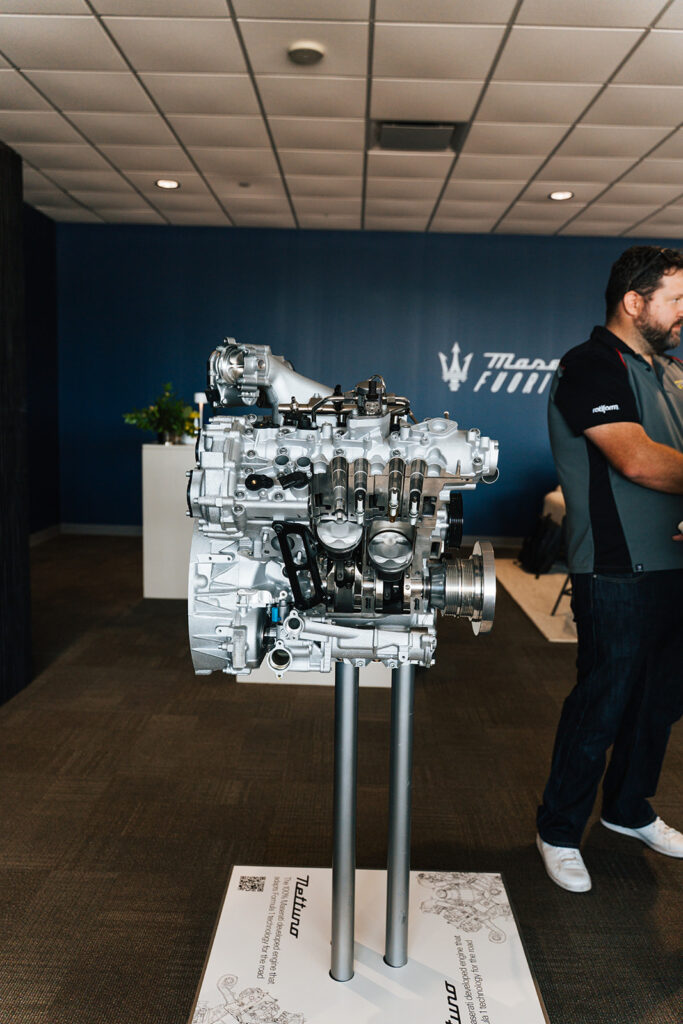
As an automotive enthusiast, I have always been drawn to Maserati’s illustrious racing heritage. The new Maserati seems to be reclaiming its racing identity, which goes back to the brand’s inception in 1914 by the Maserati brothers in Bologna, Italy. The brand’s motorsport journey commenced with the Tipo 26, which clinched a class victory at the 1926 Targa Florio, marking the debut of the iconic Trident emblem. Throughout the pre-war era, Maserati achieved significant success in Grand Prix racing, notably securing back-to-back wins at the Indianapolis 500 in 1939 and 1940 with the 8CTF model.
The post-war period saw Maserati’s continued dominance, highlighted by Juan Manuel Fangio’s 1957 Formula One World Championship triumph in the 250F, a car celebrated for its engineering excellence and aesthetic appeal. Maserati’s prowess extended to sports car racing with models like the 300S and the innovative Tipo 61 “Birdcage,” renowned for its lightweight chassis design driven by legends like Stirling Moss, Dan Gurney, and even Carroll Shelby, who won the 1960 Riverside Grand Prix behind the wheel of a Tipo 61.
After a hiatus, Maserati returned to competitive racing in the 2000s with the MC12, achieving multiple championships in the FIA GT series. Embracing the evolution of modern motorsport, Maserati re-entered single-seater competition in 2023 through the Formula E World Championship, marking a fusion of its storied past of open-wheel racing.
The Maserati MC20 Cielo marks a significant milestone for the brand, blending Italian craftsmanship with modern engineering to create a supercar that’s both exhilarating and refined. Having experienced the Ferrari 296 GTS and anticipating a drive in the McLaren Artura, it’s evident that the MC20 Cielo offers a unique proposition in the supercar segment, and I was excited to get behind the wheel.
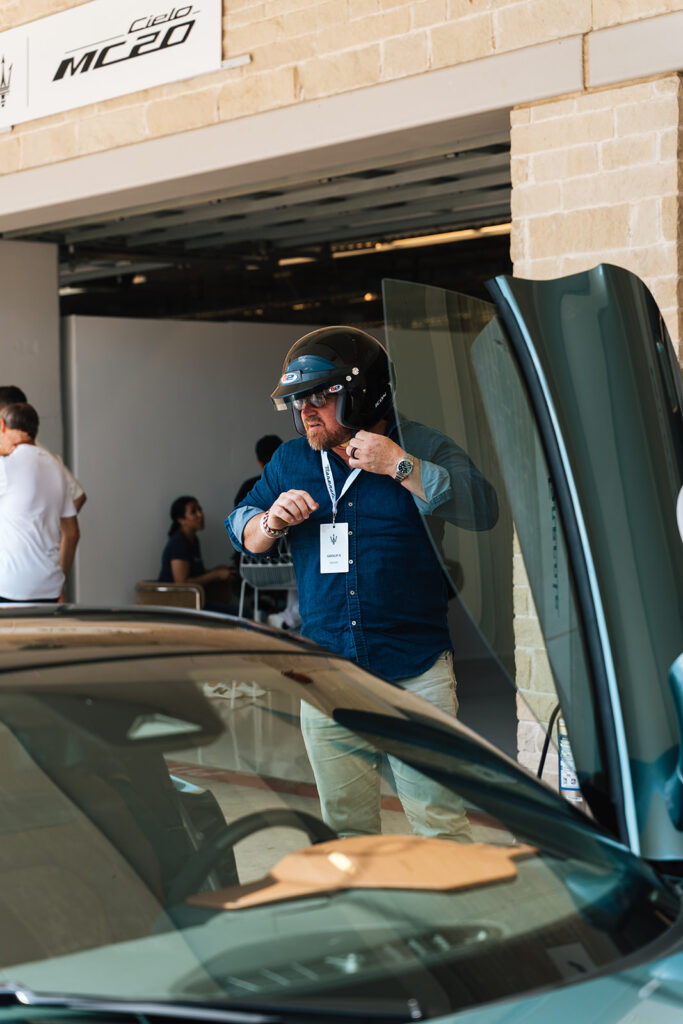
Maserati MC20 Cielo: A Refined Open-Top Supercar
The MC20 Cielo stands out with its retractable electrochromic glass roof, transforming from opaque to transparent at the touch of a button. This feature, combined with its dihedral doors and sculpted design, ensures it captures attention both on and off the track.
Under the hood, the Cielo is powered by Maserati’s 3.0-liter twin-turbocharged Nettuno V6 engine, which delivers 621 horsepower and 538 lb-ft of torque. This powertrain propels the car from 0 to 60 mph in just 2.9 seconds, offering a thrilling driving experience. Despite its performance capabilities, the Cielo maintains a level of comfort and refinement that makes it suitable for daily driving.
The interior is a blend of luxury and technology, featuring high-quality materials and a driver-focused layout. While storage space is limited, a common trait among supercars, the overall cabin experience is both engaging and comfortable.
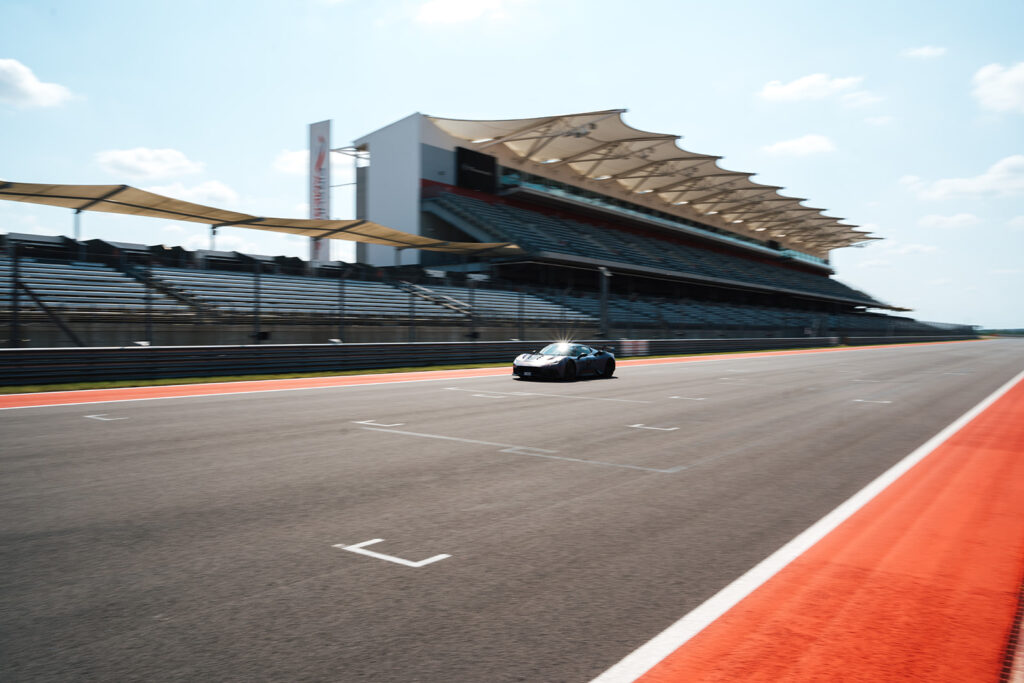
Maserati MC20 GT2 Stradale: Track-Focused Precision
For those seeking a more aggressive driving experience, the MC20 GT2 Stradale offers a track-oriented alternative. Derived from Maserati’s GT2 race car, this variant features enhanced aerodynamics, including a prominent rear wing and a revised front splitter, which contribute to increased downforce and stability at high speeds. The carbon ceramic brakes are also a significant improvement over the steel rotors. The upgraded brakes, which are standard on the GT2 Stradale, are an option on the standard car and one I would highly recommend if you plan on any track days.
The GT2 Stradale’s Nettuno V6 engine is tuned to produce 631 horsepower, slightly more than the standard MC20, and benefits from weight-saving measures that improve its agility on the track. While it retains some comforts for road use, its primary focus is delivering performance that satisfies the most enthusiastic drivers and feels more raw, similar to the McLaren 750S I recently drove.
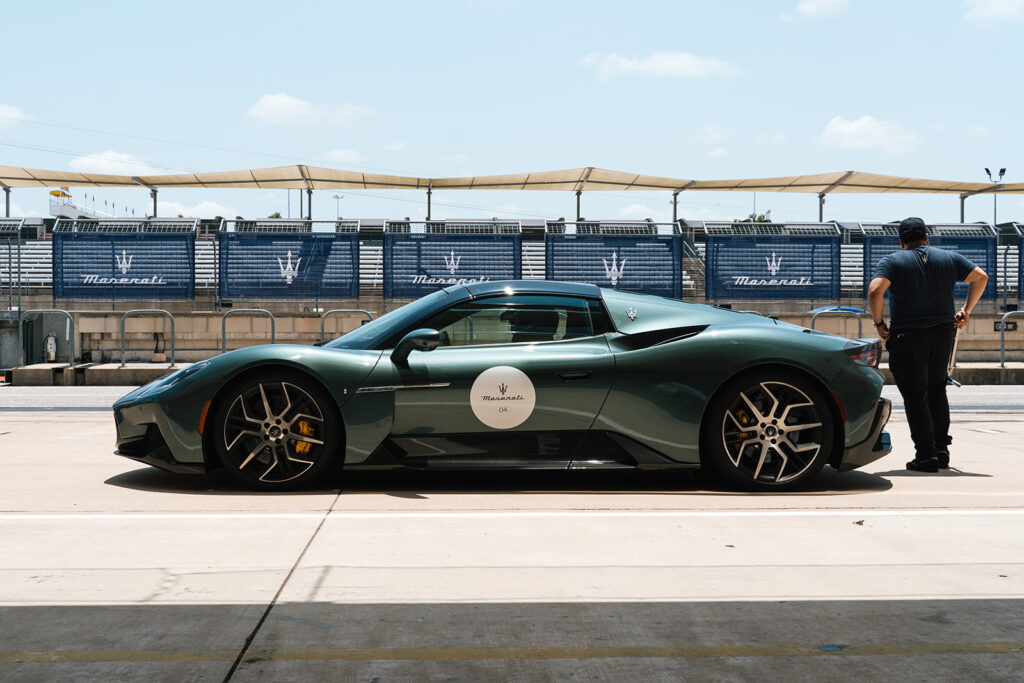
Comparing the Competition: Ferrari 296 GTS and McLaren Artura
The Ferrari 296 GTS introduces a hybrid powertrain, combining a 3.0-liter V6 with an electric motor to produce a combined 819 horsepower. This setup offers blistering acceleration and a distinctive exhaust note, though some may find the hybrid system’s complexity a departure from traditional Ferrari simplicity.
The McLaren Artura, which also incorporates hybrid technology, features a 3.0-liter twin-turbo V6 engine paired with an electric motor, delivering a total of 671 horsepower. It’s designed with daily usability in mind, offering a comfortable ride and advanced driver aids, though it may lack some of the visceral excitement found in its competitors.
The MC20 Cielo not only looks and sounds exotic, but it is also surprisingly comfortable. On track at 135 miles per hour, the cabin was quiet as I had a conversation with my minder in the passenger seat. The fit and finish were impressive and far exceeded those of the last generation of Maseratis I had driven. For a street car, the Cielo is shockingly good, and comfortable enough that you could take it on a cross-country road trip without fear of being worn out by the ride. For the track, go with the GT2 Stradale. However, most people will find the MC20 Cielo’s performance is more than enough, and it’s comfortable enough that you’ll want to drive it.
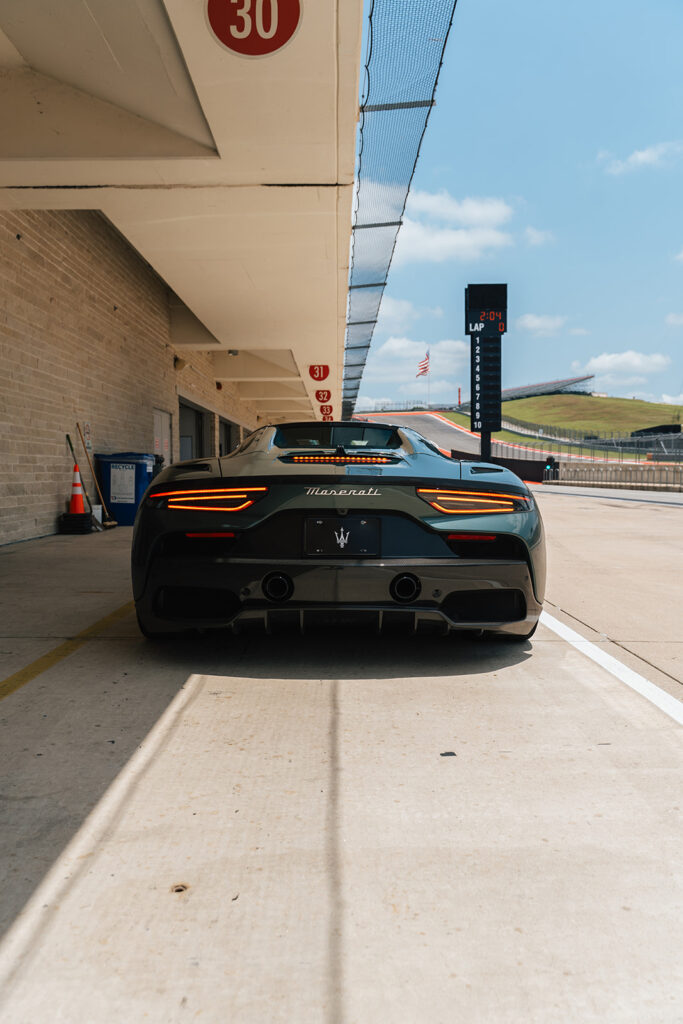
The MC20 Cielo’s Unique Position
The Maserati MC20 Cielo distinguishes itself by offering a blend of performance, luxury, and daily drivability. Its design and engineering reflect Maserati’s commitment to creating a supercar that doesn’t compromise on comfort or excitement. For those seeking a more track-focused experience, the GT2 Stradale provides the necessary enhancements to satisfy performance enthusiasts.
In a segment where many supercars prioritize raw power and aggressive styling, the MC20 Cielo offers a refreshing alternative that doesn’t sacrifice performance for comfort. It’s a testament to Maserati’s ability to innovate while staying true to its heritage.
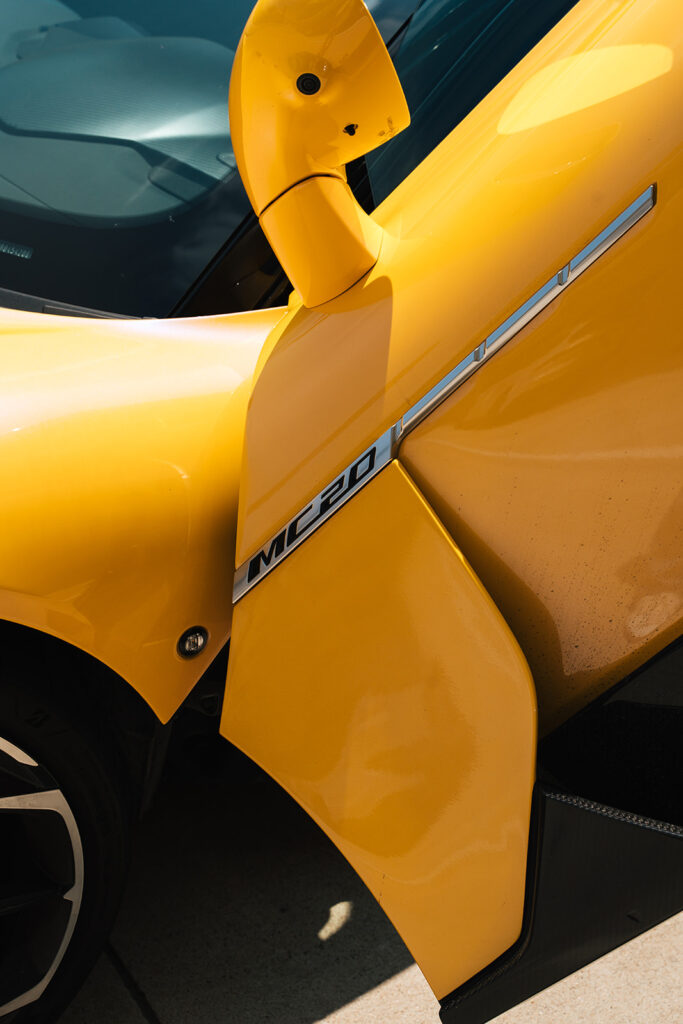

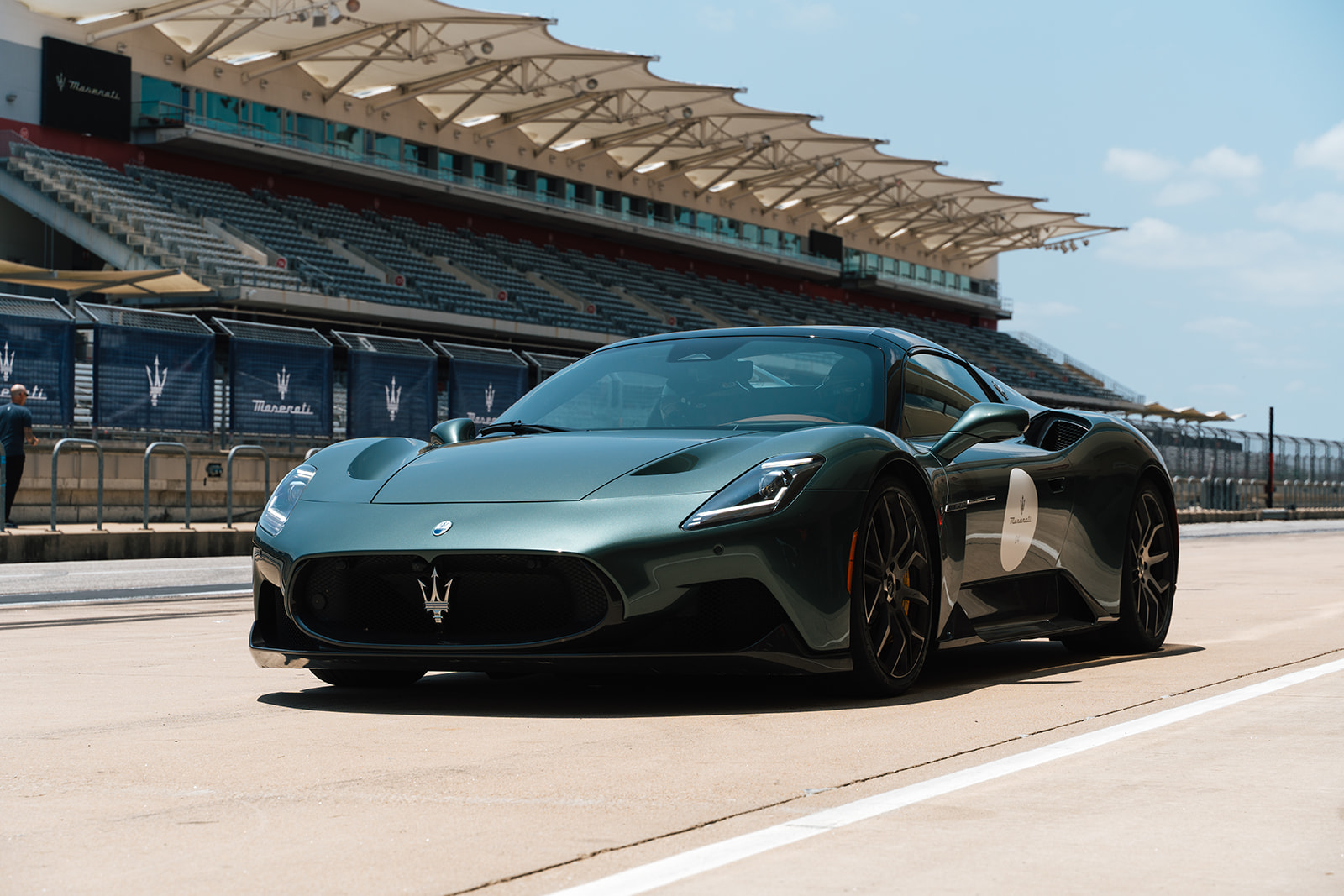
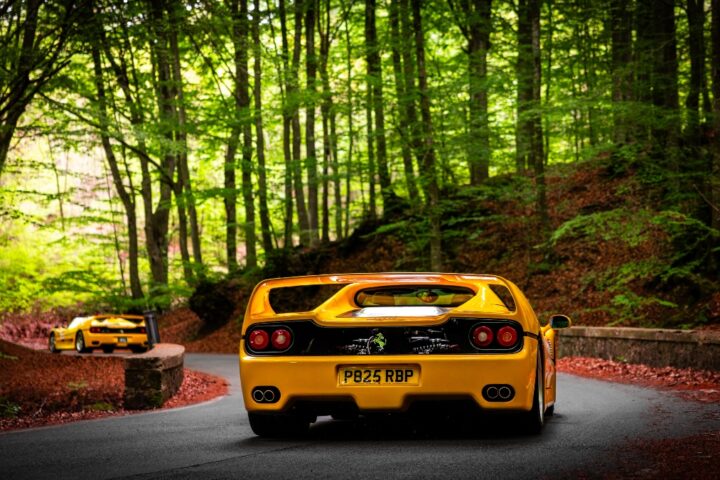
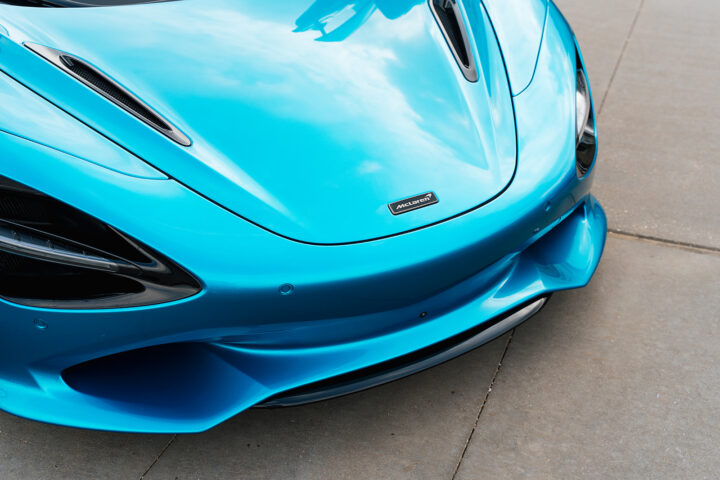
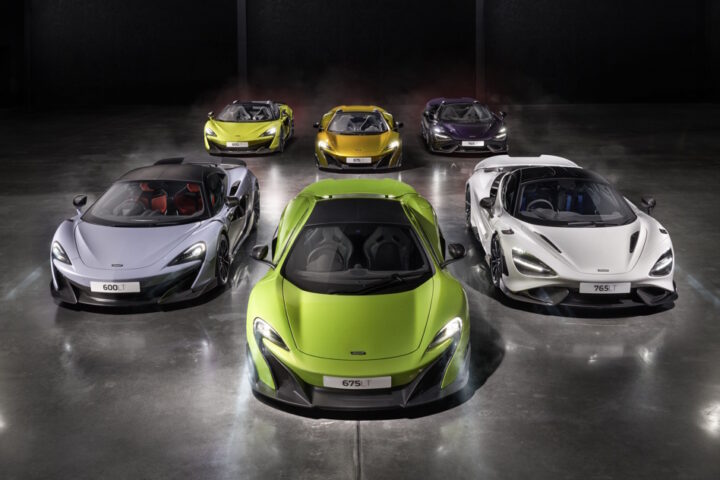


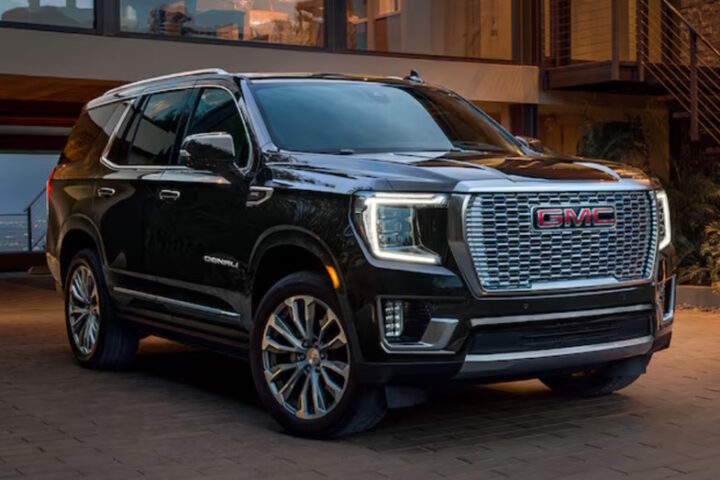
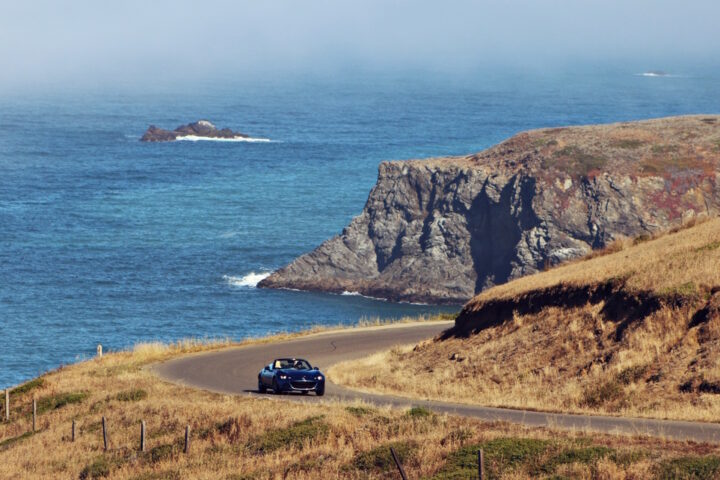

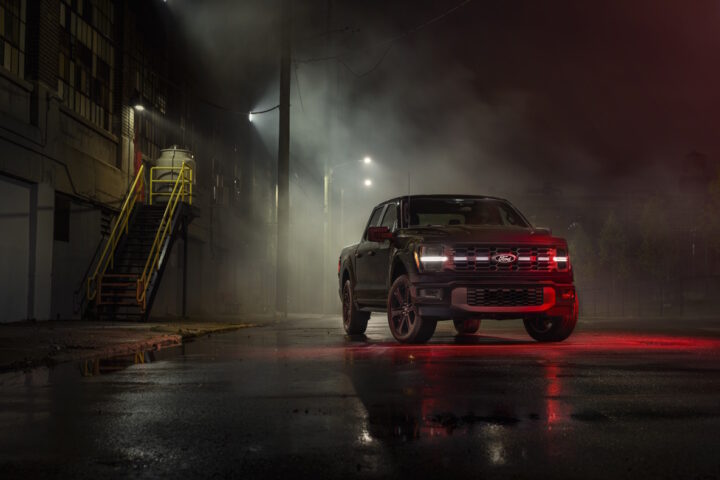
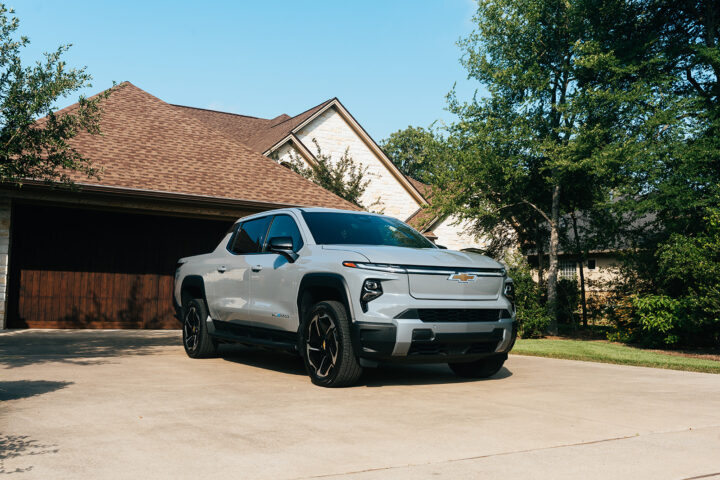

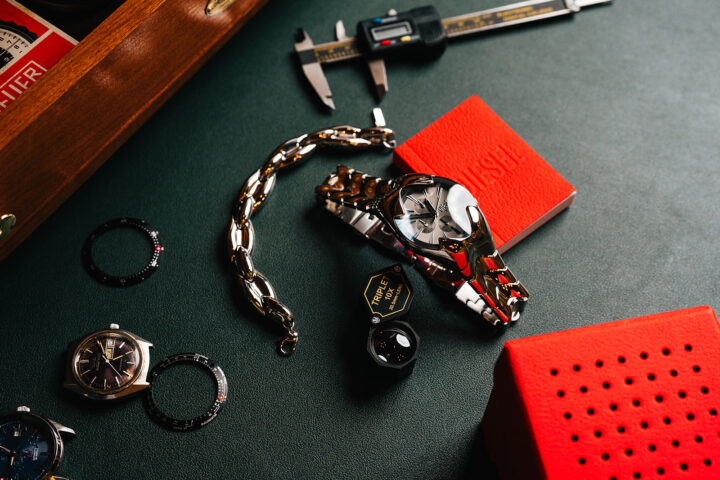



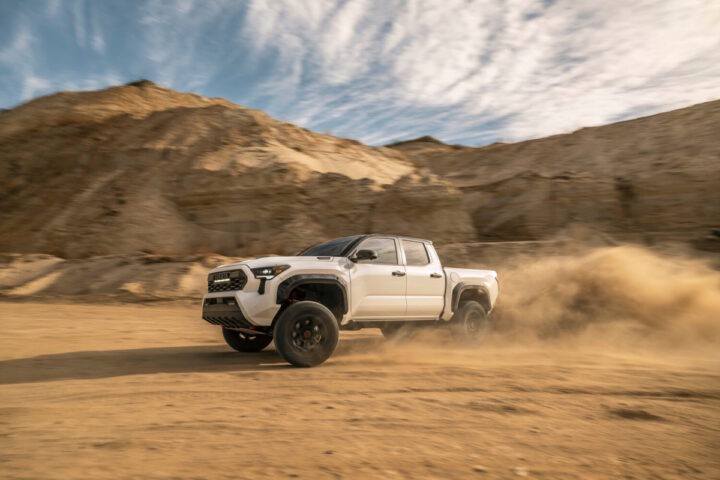
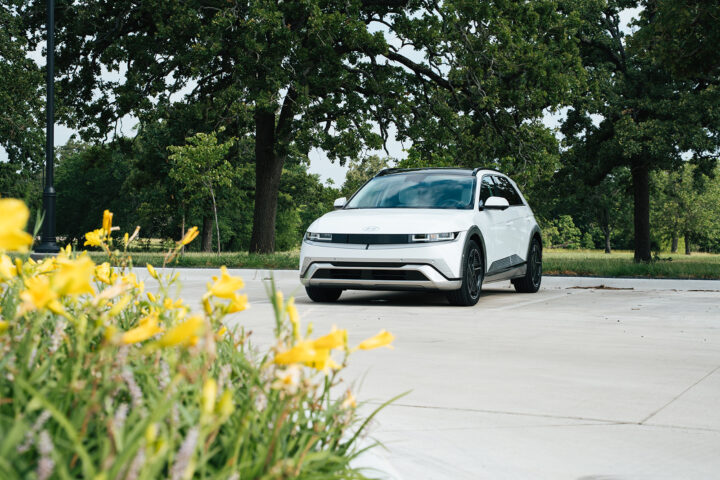


Nice post, looks like Maserati has some new cars that are worth considering, just wondering if I should wait a year or two and buy a low mile one for half off.
Saw the video on Instagram, super cool can’t wait for the full video.
he Nettuno V6 engine delivers an exhilarating experience, and the electrochromic glass roof adds a touch of modern luxury. Maserati has truly outdone themselves with this one.
The MC20 Cielo’s acceleration and handling, as described in the article, suggest a supercar that’s both thrilling and manageable. It’s encouraging to see Maserati producing vehicles that cater to both enthusiasts and everyday drivers.
Can’t wait to hear what you think about the rest of Maserati line up.
Maserati sounds like they have turned a corner. Hope they keep making cool stuff.
That MC20 is good looking, reminds me of a McLaren.
I love my 2016 Ghibli “S” ! Great track car, road trip warrior, or grocery getter. And the benefit of three(!) dealerships in the Dallas/FT Worth area makes it even better. And nothing sounds like a Maserati !!!